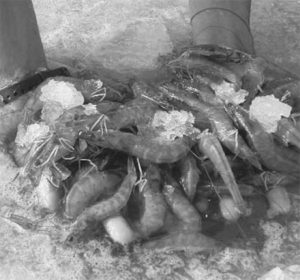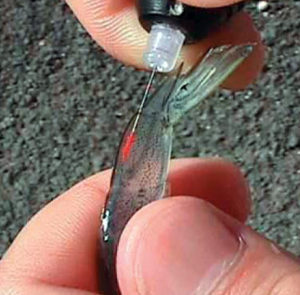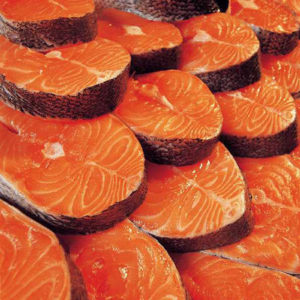
L. vannamei trials in Indonesia improve productivity
In L. vannamei trials in Indonesia, results confirmed that somewhat lower protein levels in feed had no effect on production performance.
United Arab Emirates University studied the effects of salinity and dietary protein levels on spawning performance of Nile tilapia broodstock.

In L. vannamei trials in Indonesia, results confirmed that somewhat lower protein levels in feed had no effect on production performance.

A Texas A&M study showed that temperature affects sperm quality of Pacific white shrimp, the top commercial shrimp species in the Americas.

The FDA approved the oxytetracycline to combat streptococcosis in aquaculture, but their use is limited to channel catfish and salmonid species.

Research indicates that small improvements in current management practices can significantly improve the hatching success of channel catfish.

Sex-reversal in cultured fish can be easily controlled – females grow more than males and mature later – because the process of gonadal differentiation is very labile.

A variety of external and internal tags have been developed over the past several decades to enable researchers to monitor aquatic animals.

University of Stirling study determines the fatty acid profiles for Oreochromis niloticus tilapia and hybrid red tilapia in Thailand.

Gilthead seabream (Sparus aurata) is affected by winter disease, a complex syndrome that has been related to cold stress-induced immune suppression.

The levels of carotenoids in commercial shrimp feeds are generally insufficient to reach the physiological levels needed for critical bioactive functions.

Carotenoids like canthaxanthin are biological pigments widely found in nature that provide color to many species of birds, insects, crustaceans and fish.

Two key supports of Irish aquaculture are provided by state agencies through the development of product quality and food safety programs.

Thailand is one of the top shrimp exporters but if it is to retain confidence in the safety and quality of its products, significant measures must be taken.

In combination with the aquaculture value chain multi-residue detection systems can assure that safe and wholesome products reach consumers.

Recirculating aquaculture presents an increased potential for pathogenic bacteria to become established in the system through the formation of biofilms.

The administration of any pharmaceutically active chemical to a food-producing animal results in the occurrence of antibiotic residues in food.